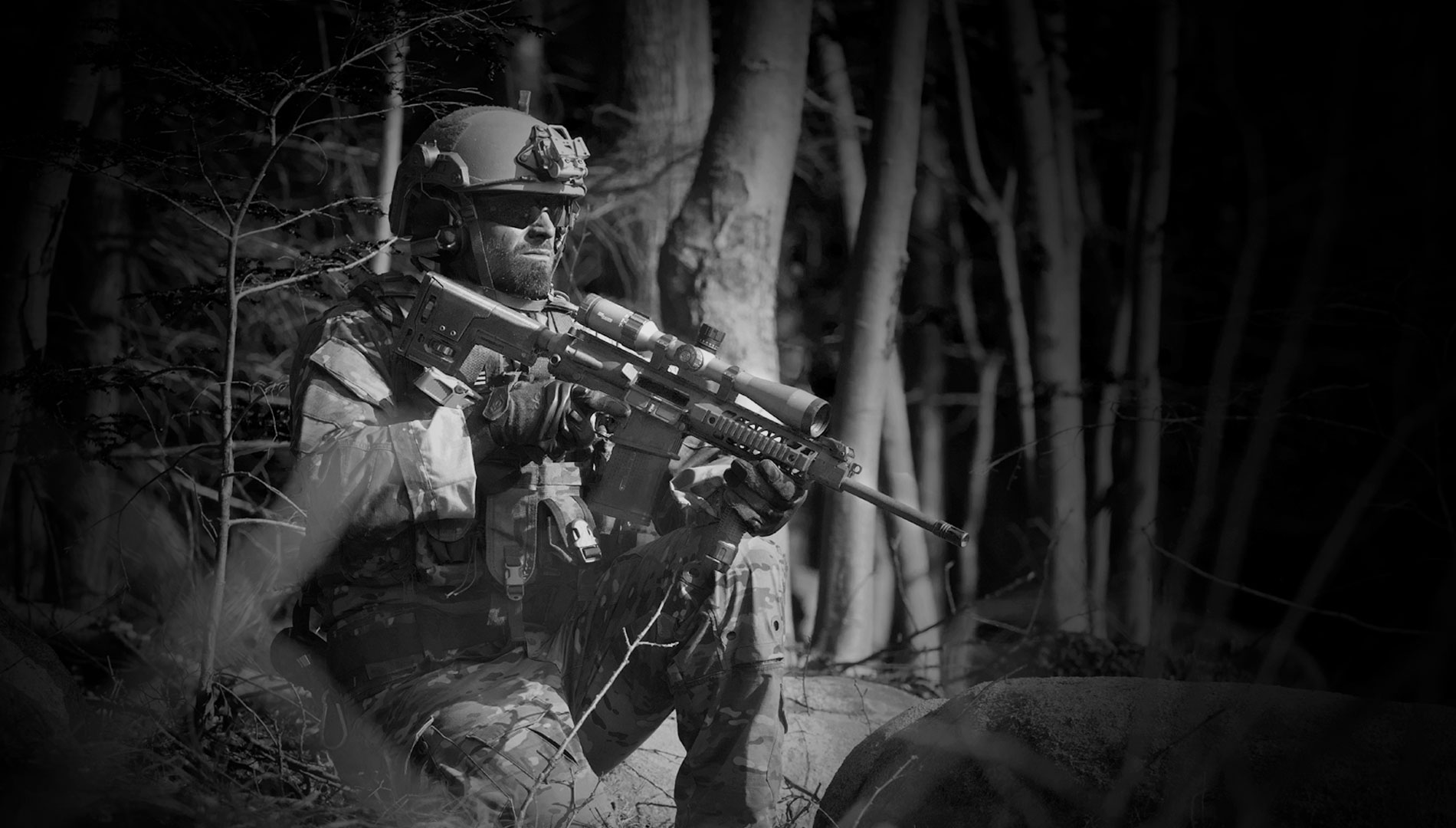Whether you are a government agency, a hunter, a sports shooter or simply a collector, it is not easy to obtain a weapon or a product subject to an import or export license. According to the legislation of your country, in which you wish to acquire something essential to your mission or your passion, it will be complex (or even discouraging) not to make mistakes in the administrative process. Because of that, we decided to take advantage of the networks (administrations, law firms, manufacturers...) that we use daily to allow our customers, both civilian and military, to be able to buy "off the shelf" everything they need...or want!.
Import of weapons and ammunition from the USA (or other products listed on the US Munition List):
Largely dominated by the USA (32% of the world market over the 2013/2017 period), from missile-type weapon systems to a simple AR-15, arms exports from the USA are regulated by two different agencies under the US Department of State, the ATF, and the BIS (we will not discuss the OFAC here). The ATF (Bureau of Alcohol, Tobacco, Firearms & Explosives) is responsible for processing exports of all products subject to ITAR (International Traffic in Arms Regulations) and USML (US Munitions List) , i.e., most products intended for the armed forces (missiles, tanks, airplanes, etc.), certain firearms and ammunition, and certain electronic products (IR optics, thermal vision, etc.). The BIS (Bureau of Industry and Security) regulates products subject to the EAR (Export Administration Regulations) and the CCL (Commerce Control List), which represents a vast list of products (notably ballistic protection, pump-action shotguns, and specific optics such as red dots.
Whether the requested product belongs to ITAR/USML or EAR/CCL regulations, the export process, the fee, and the processing time will differ. It should be noted that below specific value (mainly for the EAR and CCL), countries "friendly" to the USA are exempt from licensing and will be considered NLR (Non-License Required).
Of course, export to countries under sanctions or embargo will be impossible unless expressly authorized. Likewise, any export of products subject to ITAR or USML requires the customer (whether trader, end-user, or distributor) to present a valid import issued by the authorities of the country of delivery.
Import/Export of arms - General principles :
There are as many import/export and arms possession regulations as there are countries (with the notable exception of the Schengen Area, which has a common regulation more or less accepted and implemented by its member states). Similarly, most countries have an agency dedicated to the arms sector, with a specific system, and (except in France) subject to a tax (more or less high). Any export sale of arms (or products considered as such) is supposed to be done under the control of the UN, which has a dedicated office, the UNODA, and according to the rules established by the ATT (Arms Trade Treaty) - some think-tanks (small arms survey, SIPRI...) and associations are also specialized in this sector.
In practice - and for transportation and delivery to be legal - whether you are a government or the local baker, the following documents are required:
- The official authorization of the exporting country (where the seller is located)
- The official authorization of the importing country (the customer is located)
- An End User Certificate (a document that officially determines who will use the delivered product - this document will usually be provided to the export licensing authorities)
- All the documents required for transport (transport slip ...)
Once the goods have arrived at their destination, depending on the customs control rules, it will be necessary to use the services of a customs forwarder (who has the appropriate authorizations to keep the goods until the customs control has been carried out and - impossible to avoid - the taxes have been paid).
The special case of CIP member countries
A group of 14 countries adheres to the CIP (Permanent International Commission for small arms proof). This body, hosted by the Belgian government, has established a convention that allows member countries to recognize the different proof marks on weapons and defines the technical rules (resistance to pressure and the type of projectile, homologations) that ensure the quality of weapons and ammunition manufactured by the signatories or imported by them or within their borders.
This implies that import of a weapon from the USA or any CIP non-member country, AND BEFORE THE GUN IS DELIVERED TO THE CUSTOMER, marking the weapon by a proof house is required (after the necessary test). Proofed weapons can be afterward "released" on the market of the CIP zone.
It is a pledge of confidence for the owner who will have the certainty that the rules of the art were respected and that the mechanical resistance of the weapon allows its safe use.

